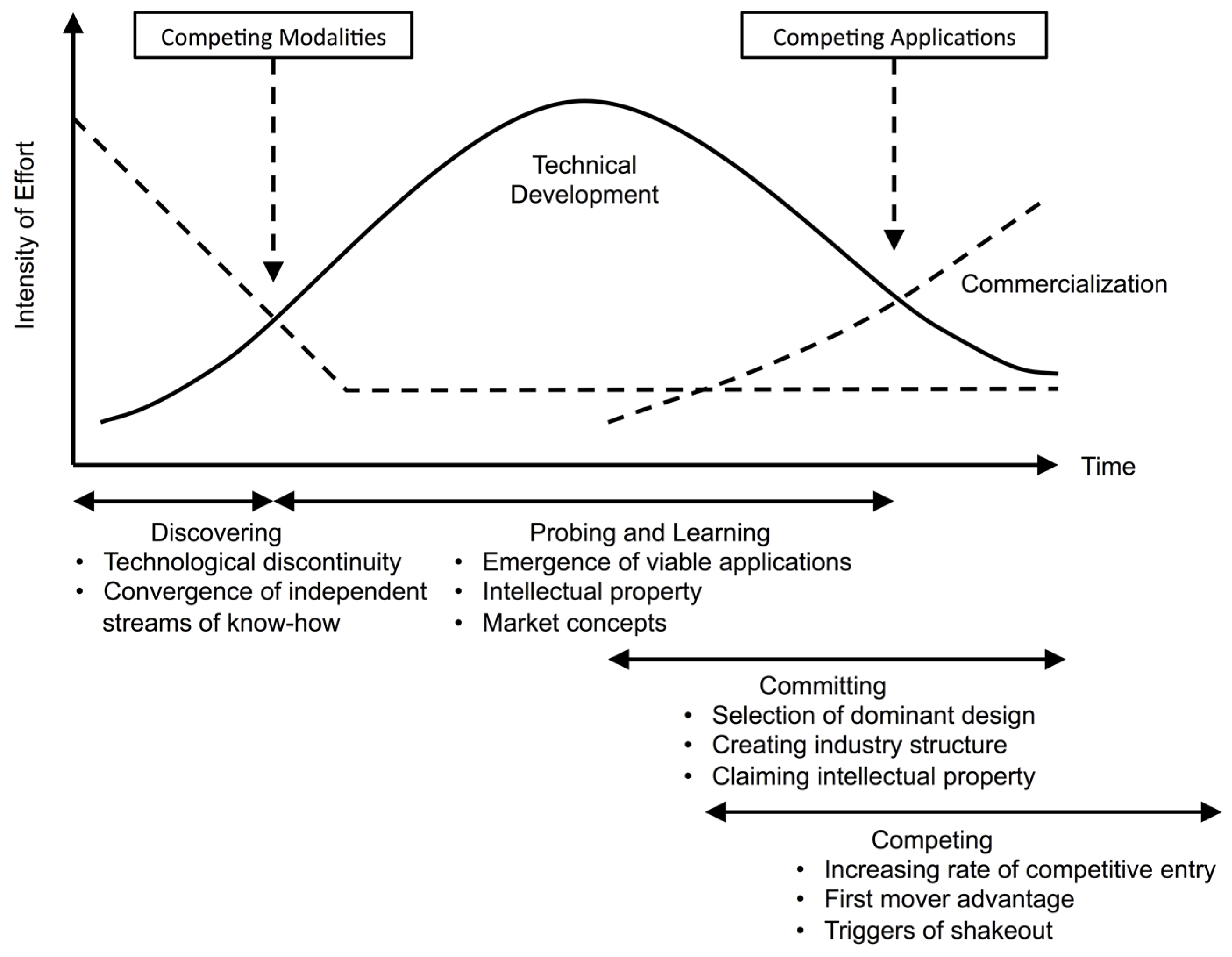Activethreed 2 01 S
Verification of Deposits and Assets The lender can use any of the following types of documentation to verify that a borrower has sufficient funds for closing, down payment, and/or financial reserves: • Request for Verification of Deposit ( or ). The information must be requested directly from the depository institution, and the complete, signed, and dated document must be sent directly from the depository institution. • Copies of bank statements or investment portfolio statements. The statements must cover the most recent full two-month period of account activity (60 days, or, if account information is reported on a quarterly basis, the most recent quarter). The statements must: • clearly identify the borrower as the account holder, • include at least the last four digits of the account number, • include the time period covered by the statement, • include all deposits and withdrawal transactions (for depository accounts), • include all purchase and sale transactions (for financial portfolio accounts), and • include the ending account balance.
ActiveToolBars s/n: 01A00. ActiveThreed 2.01 s/n: 01A00. ActiveTreeView 1.0 (New Release) s/n: 01A00.
Download Sheridan Activethreed 2.01 - best software for Windows. Sheridan ActiveThreed Plus: Resize and reshape your forms and controls virtually any way you wish. This document contains release notes for ActiveThreed Plus. Environmental Studies By R.rajagopalan Pdf. ActiveThreedPlus 3.03.008.00 - March. Paint problems with panels in 3.01.0017.


If the lender is the holder of the borrower's account, the lender may produce a printout or other alternative verification of the asset(s) directly from its system. The printout or alternative verification is acceptable as long as all required data (above) is supplied and documented. • Direct verification by a third-party asset verification vendor.
Preliminary Note to 1. Is designed to ensure that auditors are qualified and independent of their audit clients both in fact and in appearance.
Accordingly, the rule sets forth restrictions on financial, employment, and business relationships between an accountant and an audit client and restrictions on an accountant providing certain non-audit services to an audit client. Sets forth the general standard of auditor independence. Paragraphs (c)(1) to (c)(5) reflect the application of the general standard to particular circumstances. The rule does not purport to, and the Commission could not, consider all circumstances that raise independence concerns, and these are subject to the general standard in.